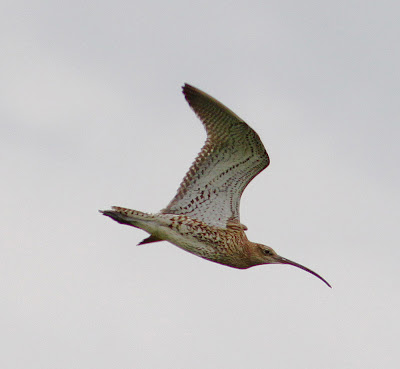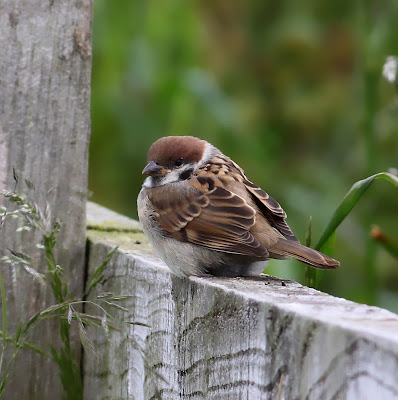The weather that is, although warmth is promised for weekend. But stay tuned for real bats after the bird news.
A cloudy, cool and breezy start again at Lane Ends with 2 Common Sandpiper on the pools and it looks like there has been a return movement of of this species, a Little Egret, 2 Grey Heron and 2 Corn Buntings in song. A Peregrine flew over towards Pilling Marsh carrying small prey although I couldn't make out what.
Grey Heron
At Conder there were seven more Common Sandpipers but little else to enliven a dull morning, the usual 60+ Redshank, 1 Curlew and 15 Oystercatcher including two youngsters but an increase in Lapwing to 120.
Redshank
Although the unseasonal Goldeneye remains, Tufted Duck were down to just 4 birds today plus 3 Wigeon seen from the bridge.
Small birds were thin on the ground in the cool conditions, a singing Sedge Warbler, 2 Pied Wagtail, 4 Tree Sparrow, 2 Reed Bunting, 5 Goldfinch and 4 Linnet. Two of the Linnets were recently fledged young begging food from the accompanying adults.
Linnet
When I later looked at Glasson Dock there were no Tufted Duck there either, just half-a-dozen Coot and a Chiffchaff singing from the nearby trees.
Now for the really barmy stuff. For a day or two we thought we had mice spending time around the garden after finding tiny, black, rice-sized droppings on and around the household waste bin at the far side of the house. After sweeping up for a few days the mystery was solved this morning by finding two dead baby bats in the same spot and the realization that the phantom “mice” are in fact bats using the eaves of the house and depositing their waste below as they come and go.
From good old Wiki - it appears our bats may be Common Pipistrelle Pipistrellus pipistrellus a small bat whose very large range extends across most of Europe, North Africa, southwestern Asia, and possibly into Korea. It is one of the most common bat species in the British Isles.
A young bat is called a pup or kit. When born they are 3-4 % of their mother's weight. Pups can't fly so they either stay in the nest while their mother forages for food or they will cling onto their mother while she is in flight.
Common Pipistrelle Pipistrellus pipistrellus
Common Pipistrelle Pipistrellus pipistrellus
Maybe our pups dropped off mum or fell from the tiny cracks where the brickwork meets the under eaves. In any case that's two bats that won't be flying around our garden on those balmy summer evenings we're promised.
Visit soon for more barmy stuff soon from Another Bird Blog.
















































.jpeg)






.jpg)












